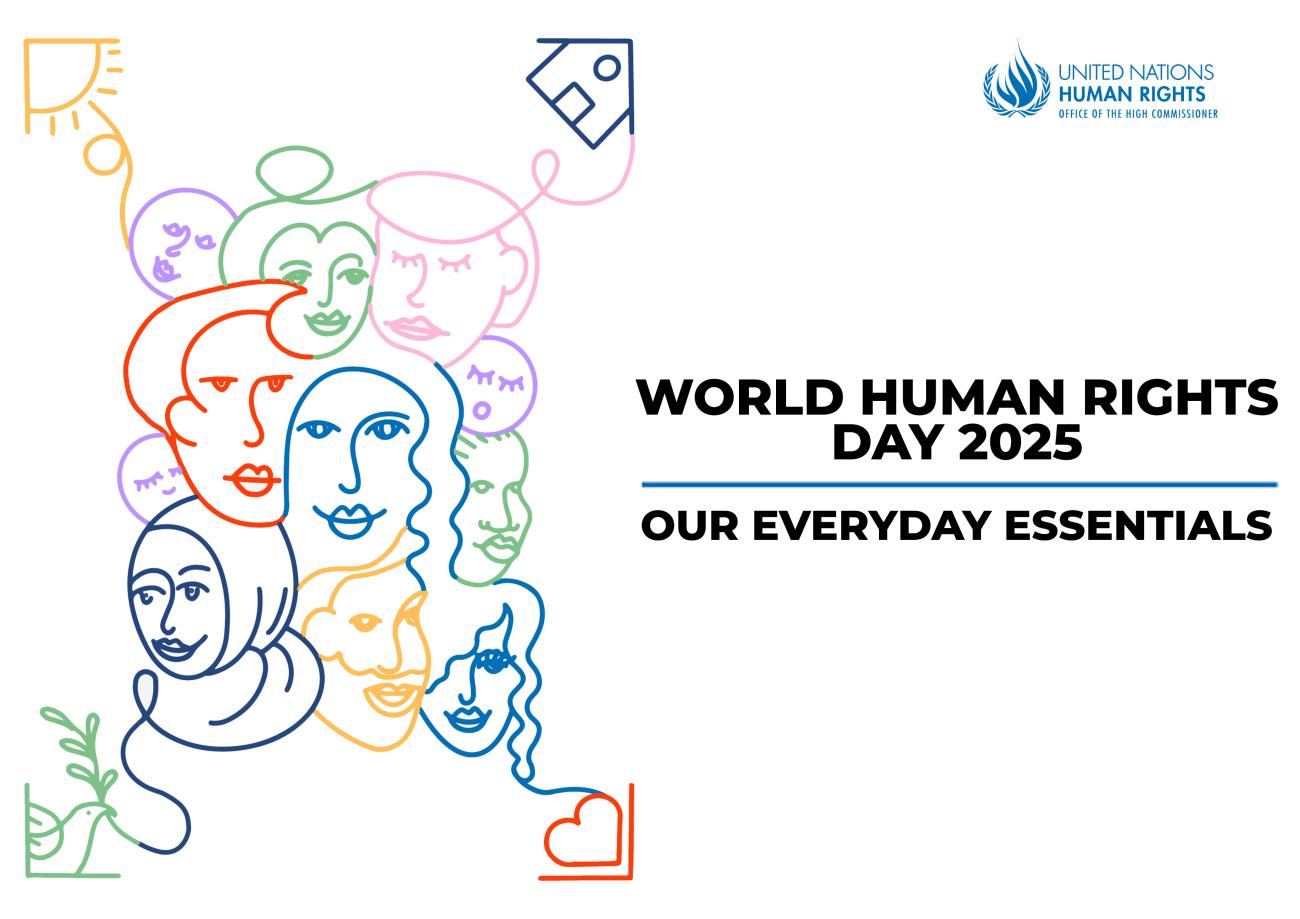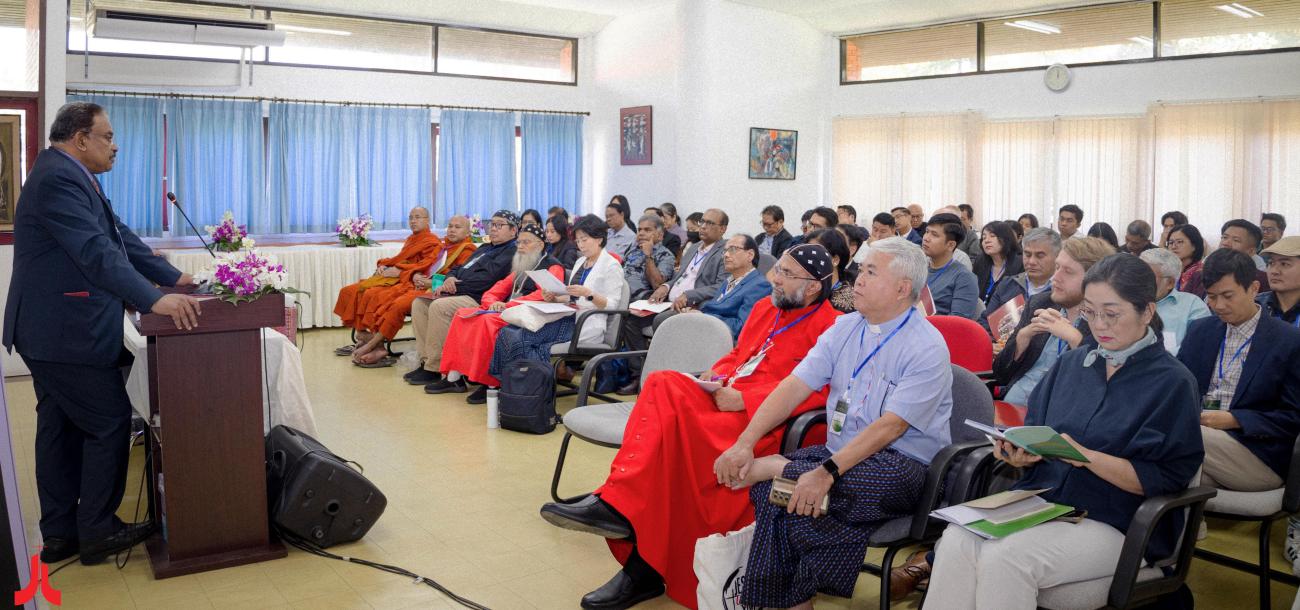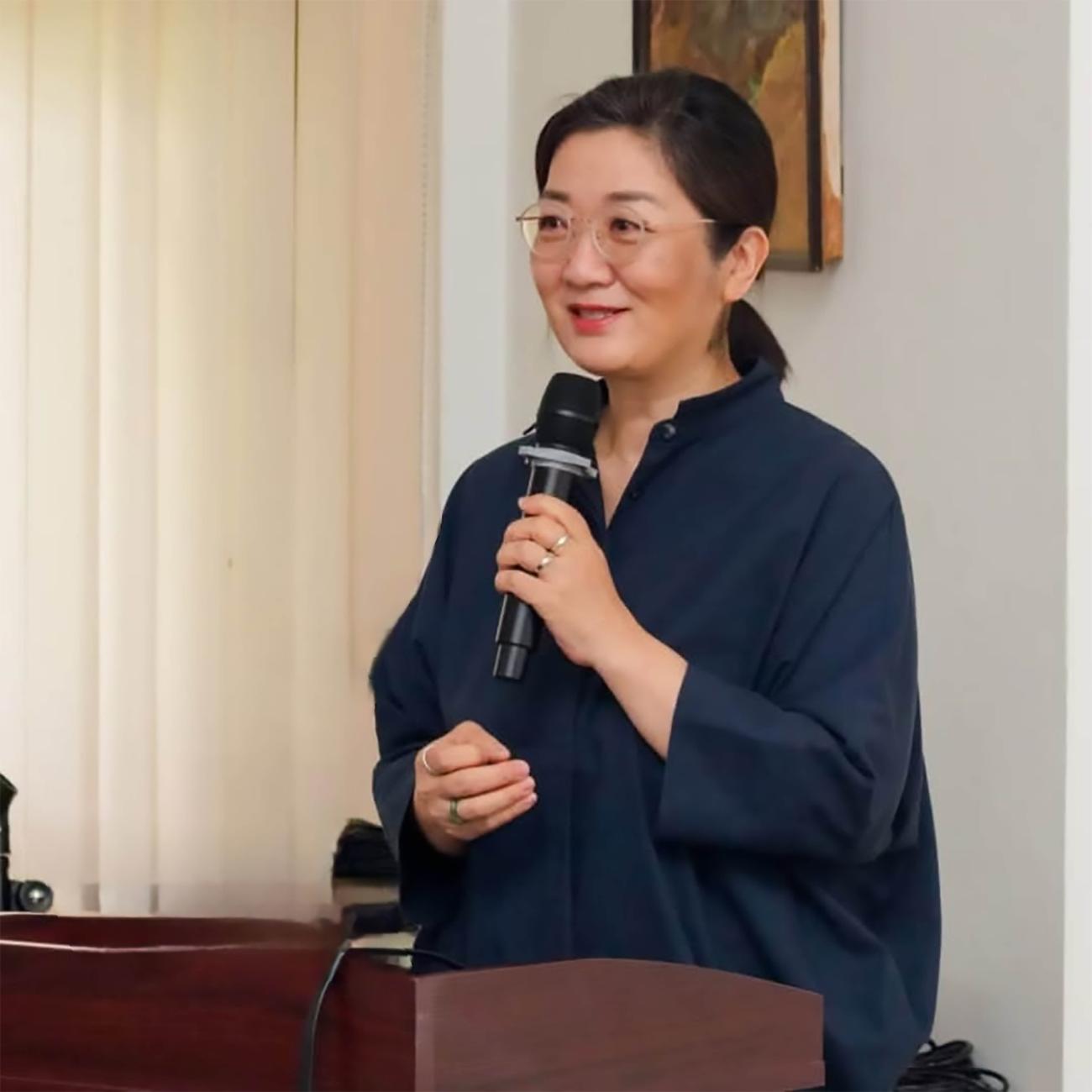Final Statement of the 3rd Asia Inter-religious Conference on Article 9

From Seoul to Okinawa
October 7, 2011
Okinawa Christian University
Aspiring sincerely to an international peace based on justice and order, the Japanese people forever renounce war as a sovereign right of the nation and the threat or use of force as a means of settling international disputes.
In order to accomplish the aim of the preceding paragraph, land, sea, and air forces, as well as other war potential, will never be maintained. The right of belligerency of the state will not be recognized.
1) The 3rd Asia Inter-religious Conference on Article 9 of the Japanese Peace Constitution gathered 220 participants from Japan, Okinawa, South Korea, Taiwan, Philippines, Thailand, Pakistan, South Africa, Switzerland, Italy, Canada and the USA to see and hear the experiences of the Okinawan people. The conference was held at the Okinawa Christian University from October 5 through 7th, 2011. With our thoughts turned toward the victims of disasters arising from the Great East Japan Earthquake, Tsunami, and Fukushima Number 1 Nuclear Power Plant incident, we prayerfully reaffirm the sanctity of life, and hereby issue this Statement.
2) Article 9 of the Constitution has never been realized in Japan and least of all in Okinawa, which holds roughly 74% of American military facilities as well as other Japan Self Defense Forces bases in just 0.6% of Japanese land. Furthermore, former Prime Minister Hatoyama’s declaration that he would have the military bases in Okinawa moved out of the prefecture or to another country has not been realized. Okinawa’s bases have not only been retained, but new bases are being constructed. On Jeju Island—designated an “Island of Peace” by the government of Korea—a new naval base is being built by the government and armed forces. We, the Asia Inter-Religious Conference on Article 9 of the Japanese Peace Constitution, categorically reject foreign military basing arrangements, be it the physical bases in Okinawa and the naval base in Jeju, Korea, or unhampered access to land, air, and naval facilities as contained in the Visiting Forces Agreement between the Philippines and the United States.
3) For the foregoing reasons, be it resolved that -
- The US and Japanese governments must honor Article 9 of the Japanese Constitution and we strongly oppose any attempt by the Japanese Government to revise the same.
- We demand the Japanese government that the “sympathy budget” allocations toward the U.S. be abolished and reassigned to relief efforts in disaster-stricken areas.
- We call upon communities of faith in the United States to consider their complicity as US citizens in US policies toward Okinawa, examine their consciences, and join in advocacy for the closure of Futenma and other bases in Okinawa as well as the abandonment of plans to build a new base in Henoko.
- We demand that the proposed plan of the construction of the bases of Self Defense Forces in Miyako and Yaeyama be abandoned.
- We demand the total abolition of nuclear weapons and challenge the continuous use of nuclear energy in all its applications.
- Recognizing the horrific human toll of U.S. wars, expansionism, and hegemony, we call upon all persons of faith to join the global peace movement and oppose the imperial militarization of Asia, the Middle East and beyond.
4) In the statement issued in Seoul, Korea, on the occasion of the 2nd Asia Inter-religious Conference on Article 9 of the Japanese Peace Constitution, we affirmed that, Article 9 is more than ever relevant for regional and international relations, and is forward-looking. It can be seen as the core value of a just, peaceful, and sustainable Asian community.
5) Despite Japan regaining independence in 1952, Okinawa has remained under U.S. military rule for another 20 years. All the U.S. military bases there remain intact. During this period, a large movement arose in Okinawa demanding the return of Okinawa to Japan, whose Constitution contained the war-renouncing Article 9. This wish was finally realized in 1972, in the so-called “Return of Okinawa.” However, this was essentially only a transfer of administrative rights, which resulted in the betrayal of Okinawa’s hopes and desires. As Okinawa was being returned to a Japan that had the Three Non-Nuclear Principles, these principles should have applied to Okinawa as well, but the governments of the United States and Japan struck a secret agreement that left the portage of nuclear arms into Okinawa up to the discretion of the U.S. What Okinawa desired was to be a land without military bases, or at least “comparable to the mainland” in level. But even after the transfer of administrative rights, the situation of military base presence in Okinawa did not change. Furthermore, Okinawa has been made more “comparable to the mainland” by the construction of new military bases for the Japan Self Defense Forces. In recent years this military presence is even threatening to expand to the regions of Miyako and Yaeyama.
6) The post-war government of Japan has continually accepted the presence of U.S. and JSDF military bases, thus contravening Article 9. Removal of “the world’s most dangerous base” at Futenma and its return to Okinawans still has no schedule. Despite the opposition of 80% of Okinawa’s citizens, the government of Japan is attempting to build a new military base to replace Futenma, which will destroy and pave over the sea at Henoko. The government is also destroying its own rain forest by building a helipad in Takae. Both places support biodiversity that is 50 to 60 times as rich as the coastal waters and forests in the mainland. Furthermore, U.S. forces are planning to deploy new Osprey planes to the yet-to-be-removed base at Futenma, as well as to various facilities being constructed further north. The government of Japan speaks of reducing the burden of military bases upon Okinawa, but the reality is that the functions of bases and military armaments are being strengthened.
7) With the U.S.-Japan Security Treaty and the U.S.-Japan Status of Forces Agreement, the military continues to cause daily suffering for the people of Okinawa. From these bases in Okinawa U.S. forces were sent into the Korean War, the Viet Nam War, the Gulf War, the Afghanistan War and the Iraq War. And ever since the Gulf War the Japan Self Defense Forces have joined and collaborated as one with U.S. forces in what can only be described as acts of war.
8) The governments of both Japan and the U.S. say that the bases on Okinawa are a deterrent force. But the the military forces on Okinawa are a threat to neighboring nations. We cannot watch silently while bombers and warships are sent out from this precious land, passed down from our peace-loving ancestors, to terrorize, destroy and kill the inhabitants in every region on this earth.
9) Arms cannot bring peace but respecting the rights of people can. In spite of the lies and fraudulent assertions of both the Japanese and U.S. governments, we, as written in the Preamble of the Constitution of Japan, “have determined to preserve our security, and existence, trusting in the justice and faith of the peace-loving peoples of the world.” We believe that there is a “nature that is true and real” in the peoples of all nations, and for this reason we resolve to continue walking forward towards a world without military bases.
10) Okinawa once had its own philosophical tradition of “non-military culture.” Through friendly relations and trade, not by arms, Ryukyu (Okinawa) established relations with various Asian countries. But in 1609 it came under the de facto rule of Japan’s Satsuma Clan, as a result of an invasion by Satsuma. This year marks the 402nd year from that date. In 1879 the Ryukyu Kingdom was again invaded, this time by the Meiji government, and was annexed by force to become part of Japan. This is what is known as the “Ryukyu Disposition,” and this year marks the 132nd year from that date. In the 15-year War, which began with the self-staged Manchurian “terrorist” Incident of 1931 and lasted until Japan’s surrender in 1945, Okinawa was sacrificed to ensure the continuity of the Japanese state system. The people of Okinawa were forced by the Imperial Japanese Army, deployed to defend Okinawa, to “Live Together and Die Together” with the military. During the Battle of Okinawa, in which land battles engulfed the island’s civilian inhabitants, massacres of local residents by Japanese forces, ejection of refugees from shelter caves, and “forced mass deaths” under military orders, occurred in many locations. The Japan Ministry of Education has shown a strong tendency to dilute such facts in Japanese school texts, giving rise even to court cases over the issue. Yet the Supreme Court found, in a 2011 judgment, that there were indeed Army orders to force “mass deaths” on the Islands of Zamami, Geruma, and Tokashiki
11) Holding the Asia Inter-religious Conference on Article 9 of the Japanese Peace Constitution here in Okinawa awakened us, people of many faiths, to the realities of the struggles of the Okinawan people. We truly pursue the realization of Article 9 in our own places, and walk together toward this realization. We commit ourselves to actively work to oppose the spread of American military bases across Asia and around the world and demand the closure of all military bases. We trust that the route to these aspirations can be found in each person’s faith. We pray for the realization of peace and take action to build peace through non-violence. The answer to violence is to embody and animate the spirit of Article 9.
Participants of the 3rd Asia Inter-religious Conference on Article 9








